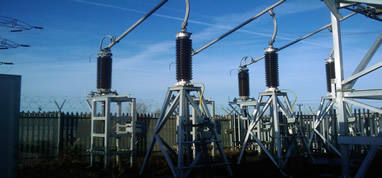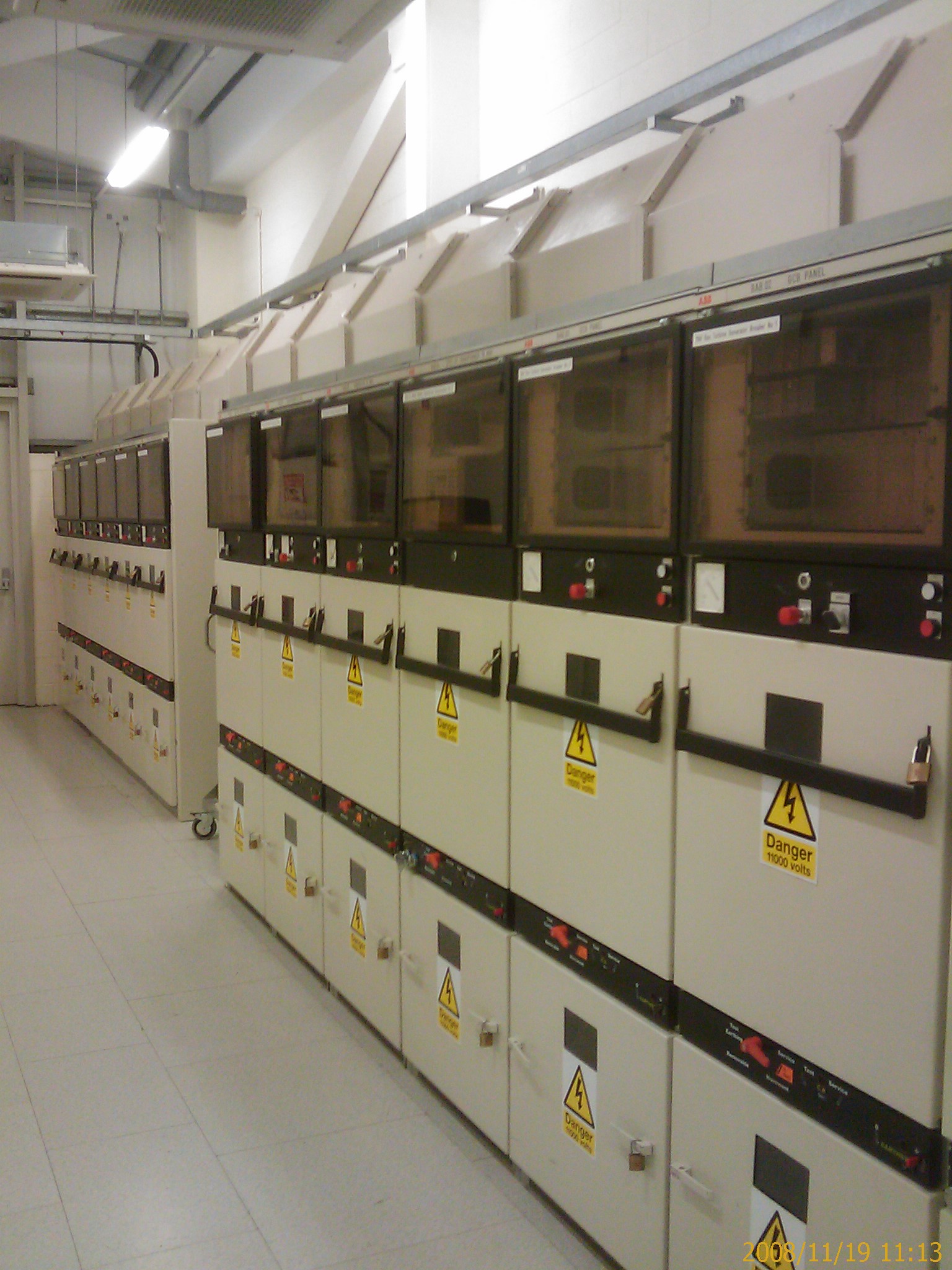
ELECTRICAL ENGINEERING
| Home |
| Services |
| Contact us |
| Modelling and Analysis - Arc Flash Hazard (to IEEE Std. 1584) cont'd | |
|
Here's what's needed:
All the data from the site survey goes into the arc flash assessment so that the amount of energy released during a three phase fault can be determined. An important point here is that the US standards ONLY apply to three phase systems. Clearly in the UK we would need to assess the hazards from DC and single phase systems too, but there is no agreed approach for this (yet). In addition to this, it is understood that additional standards to assess the energy from arc 'blast' (i.e. the percussive 'wave' that travels from the arc) are currently works in progress. Once the energy from the arc has been quantified, there can be an assessment of the likely 'safe boundary' or distance from the arc at which only survivable injuries are likely to occur. Note that this is NOT a 'safe zone' - simply a distance that should ensure that the injuries are not fatal. This far it becomes clear that the system needs to be energised for the fault to occur. If the system needs to be energised and arcs able to radiate out to people, danger from live components must exist. It is fair to say that the highest risk of arc flash hazards will occur during 'live working' as defined in the Electricity at Work regulations. Which of course is avoided unless it's unreasonable to work otherwise. Wherever possible, the best solution to any arc flash hazard risk is to de-energise the equipment which is to be worked upon. Assuming that live work is required, then it is becoming accepted that the method for quantifying the risk in the live working risk assessment needs to include at least an identification of the fault level at the work location, although better is to quantify the 'incident energy' or predicted energy level of any arc formed in the area. The incident energy calculation includes factors to take account of arc impedance and expected distances both between conductors and between the arc and personnel. The IEEE 1584 standard has been aligned to reflect the actual results from real-life incidents in order to best capture the likely outcome of any fault although the calculations do not reflect the exact theoretical nature of the situation. Industry accredited software is now available that allows an integrated approach to fault level, protection and arc flash incident energy calculation. SKM Systems Analysis Inc. 'Power Tools for Windows' allows the user to adjustments to the system (supply infeeds, closing bus-switches, changing protection settings etc.) and almost instantly see the impact on the Arc Flash hazard. Shaw Power Limited are experienced users of 'Power Tools for Windows' for analysis on both low and high voltage systems to assess the fault levels and arc flash hazards in the systems. In addition, bespoke time/current curves for protection items not found in other software packages can be modelled using curve creation facilities and this enables any protection device to be modelled and accurately analysed as long as a copy of the device time/current curve is available (this can be done through testing if required). |
|
| <Prev | |
| Technical Links | ||
Want to know more about Arc Flash Assessments?
| ||
Send mail to stuart.shaw@shawpower.com with any questions regarding this website
Shaw Power Ltd. is registered as a Company in England and Wales. Company number: 11502322
Director: Stuart Shaw
Copyright © 2018 Shaw Power Ltd
Last Modified 8th October 2018

